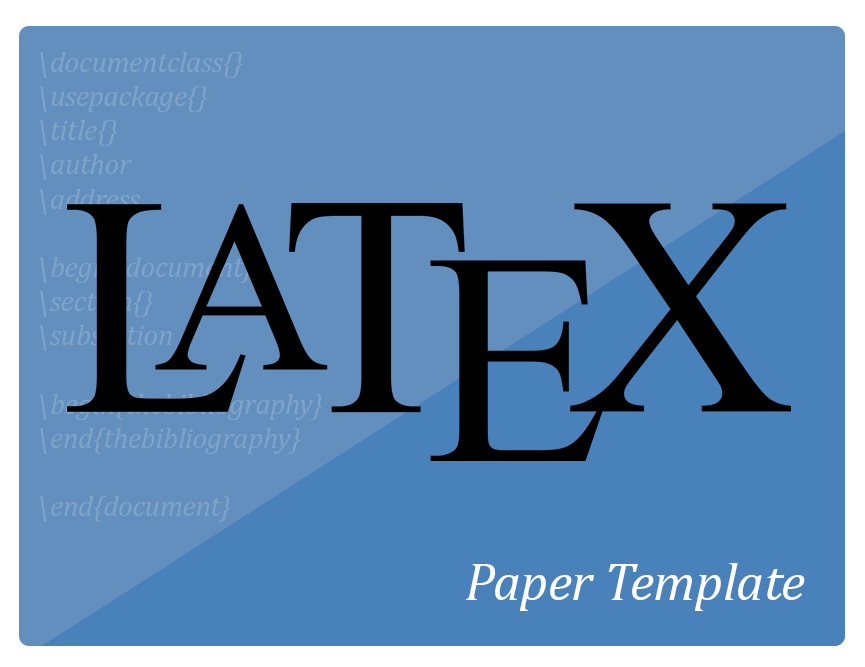PERANCANGAN DAN IMPLEMENTASI VPN METODE IPSEC SITE TO SITE MENGGUNAKAN FORTIGATE PADA PT. LINKSINDO MAKMUR
Abstract
- Linksindo Makmur is a company engaged in providing contact center services, starting from contact center applications, recruiting employees for contact centers, and places for contact centers. PT. Linksindo Makmur daily exchanges data and information as well as communication between the head office and branch offices. The problems that occur in PT. Linksindo Makmur is the frequent disconnection of network connections between the head office and branches when you don't want it, because the equipment at the branch office is not the same as the equipment at the head office so that these problems interfere with the performance of PT.Linksindo Makmur employees. Due to the company's problems, the design of a VPN (Virtual Private Network) with the IPsec Site to Site method using Fortigate is one of the authors' proposals for a secure means of communication and data transfer and maintaining data validity. The results of the design and implementation that the author made is very good because there are no longer obstacles to the disconnection of the network connection between the head office and branch offices. The advantage of this research is that using a VPN IPsec Site to Site will be safer and easier to implement. The Fortigate device not only functions as a Firewall but also acts as a router, gateway, antivirus, VPN hub, anti spyware, antispam, proxy, and traffic shaping. Fortigate is very important for companies that care about data security. The drawback of this research is that it is almost non-existent, maybe for people who are not used to it, it will take time to get used to it
Kata kunci: Fortigate, IPSec, VPN
Published
2023-10-20
How to Cite
Alvisyahri, M. G. (2023). PERANCANGAN DAN IMPLEMENTASI VPN METODE IPSEC SITE TO SITE MENGGUNAKAN FORTIGATE PADA PT. LINKSINDO MAKMUR. Jurnal Jaringan Komputer Dan Keamanan, 4(3), 1-10. https://doi.org/10.61346/jjkk.v4i3.45
Section
Articles








